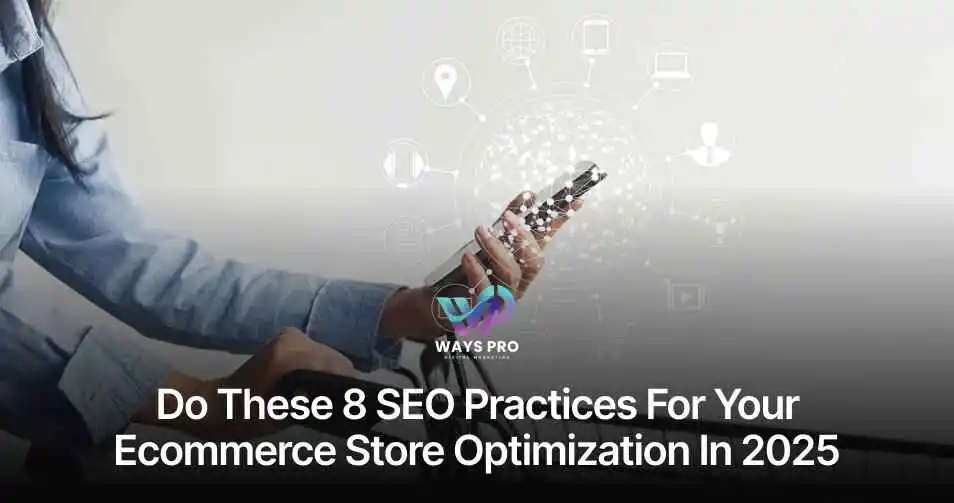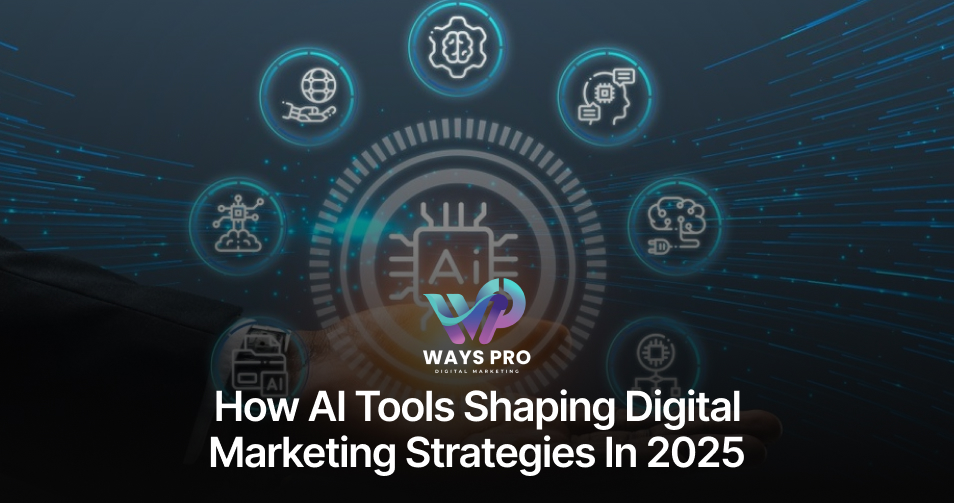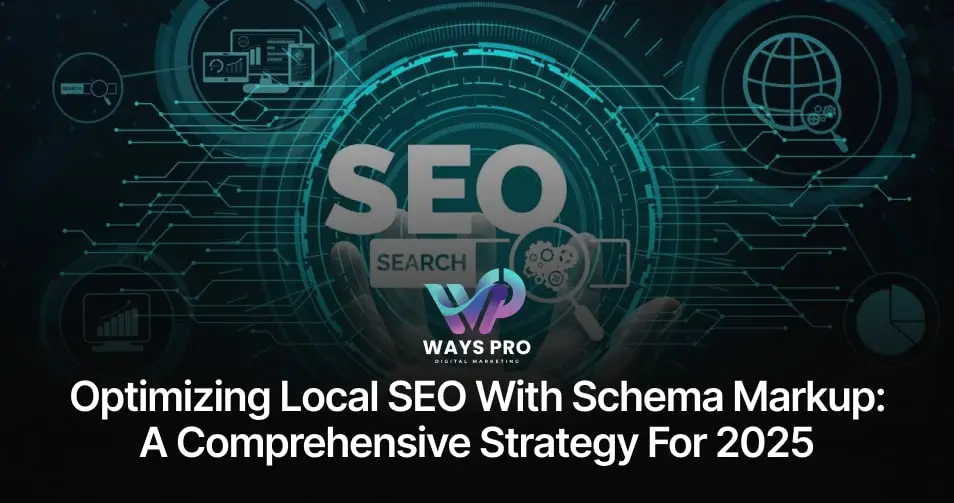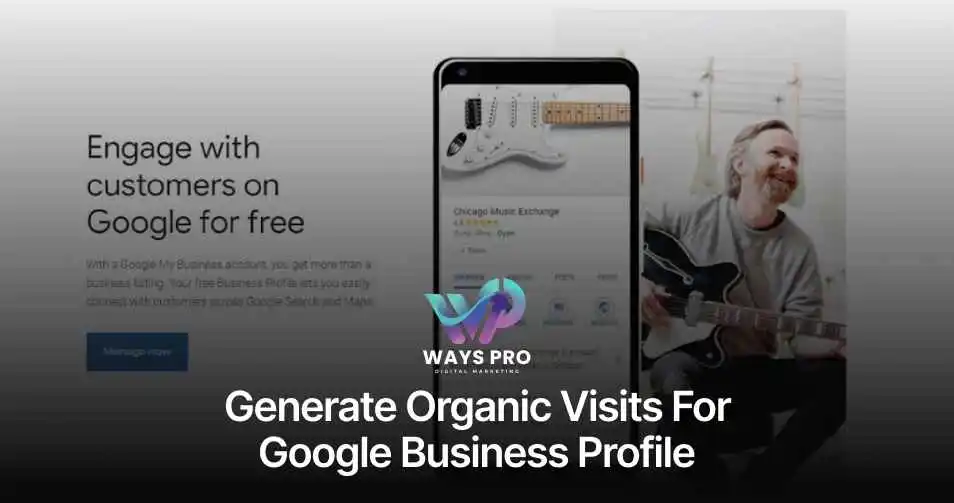Do These 8 SEO Practices for your Ecommerce Store Optimization in 2025
The e-commerce landscape became widespread in 2024, closing the year with a significant $1.2 trillion market size surge. The progress continues, and the e-commerce market is expected to hit $7.81 trillion in 2025, welcoming 28 million new ventures onboard.
It is a good time if you’re also planning to initiate an e-commerce store or already have one. But you must have to optimize it, or you might miss out on a huge opportunity for sales and growth.
E-commerce optimization involves improving each store component to create an optimal experience for prospective customers. Customers’ happiness results in increased purchase behavior, which in turn leads to enhanced business profits.
However, businesses often suffer while optimizing their e-commerce stores. Also, there are chances that you may struggle when starting to optimize your store in such a high-competitive e-commerce market.
Therefore, we have the solution for you and recommend that you do these 8 SEO practices for your e-commerce store optimization in 2025. These practices will lead you to a smooth & prompt optimization of your e-commerce store. So, let’s step onto these practices together.
1- Competitor Analysis

To achieve success within the competitive e-commerce sector proper competitor insight represents your initial fundamental step. Through competitor analysis businesses can learn existing market strategies as well as find new ways to perform better. Modern SEO has transformed to such an extent that even professionals now struggle to discover ways to ‘game’ the market. And that’s exactly where competitor analysis comes in.
Here’s What You Should Focus On:
The first step towards deciding your competitors is finding the websites with the highest search results for the keywords you want to target. You can use top backlink analyzers and keyword research tools, such as:
- SEMrush
- Ahrefs
- Google Keyword Planner
They will help you check backlinks, keywords, and content results. The best way is to analyze their structure, loading speed, and user experience on their website. Are they using structured data? Do they rank for long-tail keywords you haven’t considered yet?
Why You Should Not Underestimate Competitor Analysis:
One common challenge ecommerce businesses face is not knowing how to get the right SEO approach tailored for their business niche. Competitor analysis solves this by presenting you with what’s already a success plan and what’s already worked for other businesses. Rather than speculating, you can polish and build upon what is already effective and efficient or what is already likely to be so. In the long run, analyzing the competitors’ moves will not only help you follow them but also look for ways to overtake them.
2- Commercial and Transactional Keyword Research

Optimizing the online store entails selecting the most appropriate commercial and transactional keywords. Unlike informational keywords, which target users seeking information, commercial and transactional keywords target potential buyers ready to purchase.
Why Are These Keywords Important?
These keywords indicate user intent. For example, a keyword like “best running shoes for flat feet” is a commercial search performed by a buyer who compares different options to choose the best one, while the keyword “buy Nike Pegasus 40 online” indicates that the buyer is ready to purchase a shoe. Such keywords mean you get high-intent traffic; hence, better conversion and sales are guaranteed.
Here’s How to Find the Best Commercial and Transactional Keywords for Your Business:
Resources for Keyword Research
SEMrush:
You can use its Keyword Magic Tool to find keywords that match search volume and competition.
Ahrefs:
The Keyword Explorer goes much deeper and analyzes keyword competitiveness, traffic estimation, and other terms.
Keyword Tool Dominator:
This tool lets you find hidden opportunities by extracting long-tail keywords from several search engines.
Google Suggest:
When you type a letter in the Google search box, it suggests the most searched-for keywords in real-time. These keywords are valuable to be used for your ecommerce store’s optimization.
Amazon Suggest:
Most e-commerce consumers use Amazon’s search bar to find what they are looking for, so autocomplete suggestions can provide many valuable product keywords that convert.
3- Conversion Rate Optimization
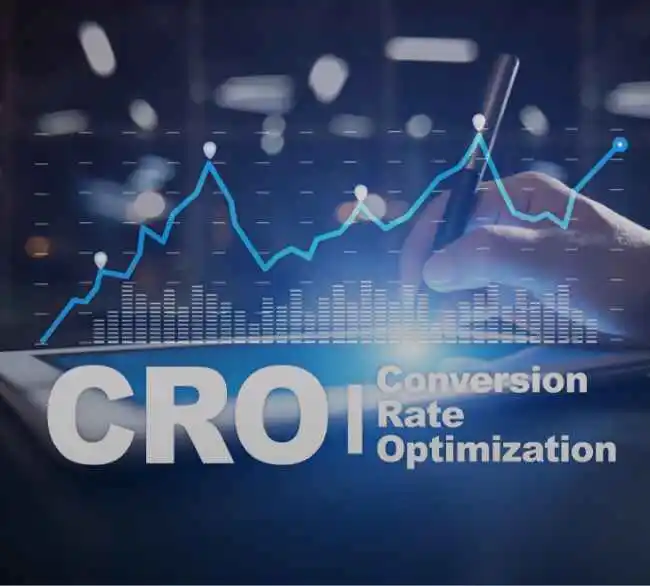
The value of drawing visitors to your ecommerce store depends on turning them into paying customers. The Conversion Rate Optimization method helps your store generate the best possible outcomes from all visitors by developing an optimized shopping experience with no purchase obstacles. The rise in conversion rate generates additional sales despite unchanged advertising expenses, leading to instant revenue growth and higher profitability levels. Here’s how you can optimize your store for better conversions:
User Experience (UX) Improvement:
Your site design must be visually effective while remaining free from distractions and offering user-friendly navigation. Lead users toward buying through accessible call-to-action elements and attractive visuals integrated into a user-friendly design structure.
Simplify Navigation:
Users must find your menu easy to understand, alongside simple product category organization, while the search box is easily accessible. Less navigation between pages results in more customers checking out.
Enhance Website Speed:
Do website speed optimization, All images should be compressed while using a CDN service and enabling browser caching. Your website should complete page loads within 2.5 seconds to prevent potential customer loss.
Mobile Optimization:
Assure your platform runs automatically on all devices. Users should experience smooth shopping by testing mobile usability while ensuring thumb-friendly buttons in short forms.
A/B Testing:
Identify product descriptions, images, CTA buttons, and layout features to conduct A/B testing. Rephrase and implement changes by analyzing performance measurements to boost conversion rates.
Use of Social Proof:
Present visible customer reviews along with ratings and trust badges throughout the site. According to Search Engine Journal, you should add 20-99 reviews which can make 59% of consumers trust you and make purchase. Also, include user-generated content with product testimonials to establish customers’ trust in your products.
Checkout Process Streamlining:
Neglecting checkout process optimization can result in losing 98% customers from making purchases. Therefore, the checkout process should be short, with guest checkout features and multiple payment alternatives. Streamlining checkout requires minimal forms and automatic data entry systems for seamless purchasing.
Personalization:
Expose personalized product recommendations while implementing dynamic price changes and targeted email promotion strategies. The service should exhibit products customers have accessed previously because this personalization drives better purchase outcomes.
4- Mobile Optimization

Mobile devices are the main entry point for customers accessing the Internet to shop online. In the third quarter of 2024, smartphones captured 77% of global retail site traffic, creating 68% of retail orders. E-commerce businesses must focus on mobile optimization since it is essential. By focusing on these areas, you can create a mobile-friendly e-commerce platform:
Prioritize Mobile Usability:
Make sure that your website is touch-friendly, with easily tappable buttons, simple gestures, and limited pop-ups to help users interact with it easily on smaller screens.
Optimize Speed:
53% of visitors are found to be diverted from webpages which take longer than 3 seconds to load. Therefore, to convert them into customers, you should compress images, leverage browser caching, and minimize code to achieve swift load times
Design Responsively:
Use responsive design techniques to ensure that your site responds perfectly to customers viewing it on different screen sizes and orientations.
Check Visibility:
Use scalable images, appropriate contrast, and legible fonts so that content is viewable without having to zoom in or scroll.
Avoid Mobile-Specific Errors:
Test your site regularly on different devices to find broken links, unplayable videos, and plugins that may affect the mobile experience.
5- Desktop Optimization
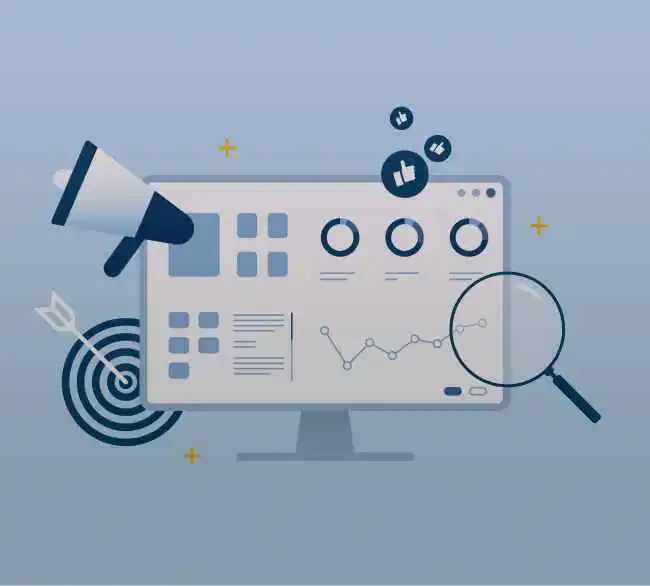
Mobile traffic is rapidly growing, but desktops play a huge role in the e-commerce ecosystem. Closely looking at this, desktops have a higher conversion rate at 5.06%, as opposed to 2.49% on mobile devices. This is a signal that you need to optimize your desktop site to ensure the highest user engagement and sales. Taking care of the following areas will help you design a desktop that attracts visitors and successfully converts them into regular customers.
User Interface (UI) Design:
Create a User Interface (UI) Design with a good simple layout and easy-to-read fonts. Improve user interaction by making interactive elements easily distinguishable to the users.
Performance Optimization:
To make your e-commerce site efficient, optimize image, enable browser caching and compress your codes. It is advised to utilize a content delivery network (CDN) and improve the hosting for a quicker response time.
Navigation and Usability:
Create a simple navigation menu with easily identifiable categories and a big search bar so users can easily find products.
Content Layout:
Structure content with ample white space, concise text, and high-quality images. Place the important information/views above the fold to capture the users’ attention first.
Multimedia Usage:
Include optimized images and videos in product descriptions. Prevent multimedia elements from slowing down the site’s performance.
Accessibility:
Include features like keyboard navigation, screen reader compatibility, and image alternatives to text to make the site accessible to everyone.
SEO Considerations:
Good meta tags, descriptive URLs, and speed are all important components that will help you improve search engine rankings and attract organic traffic.
Testing and Feedback:
You should conduct regular usability testing and gather user feedback to identify what’s lacking on the site so that it can meet users’ expectations and be fully functional.
6- Perform On-Page SEO
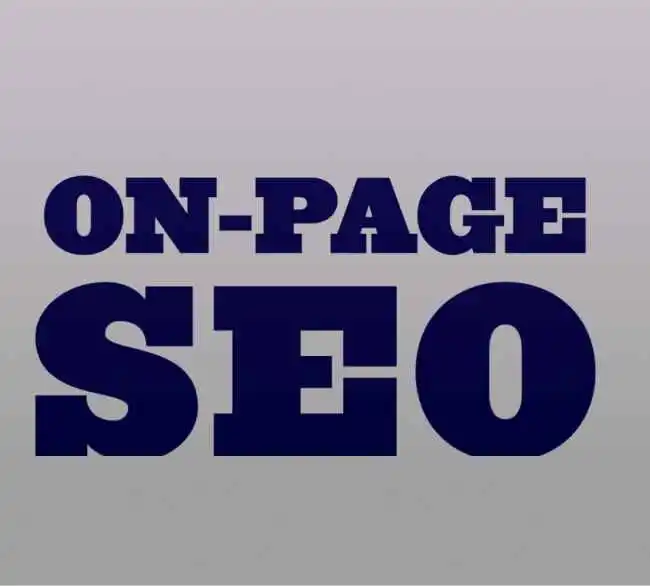
On-page SEO can be defined as the building block of your e-commerce store’s Internet presence. When you have optimal individual pages, such as product listings or content pages, search engine indexing becomes easier since the engine can recognize and rank your site. At WaysPro Tech, we are experts in improving the on-page SEO of your e-commerce store, and we assist you in optimizing your stores. However, we recommend that a good optimization process increases organic visibility, makes your store user-friendly, and increases conversions. Are you ready to take the next step in boosting your stores’ results? Here are some practices to begin today:
Optimize Product Descriptions:
Optimize Product Descriptions and come up with something unique, more informative product descriptions by adding more relevant keywords, which will help search engines and customers identify the values of the products being sold.
Optimize Category Descriptions:
Describe each category in detail and use keywords to help search for the necessary product within the site.
Title Tags:
The title should be specific and meaningful and contain the first keywords to enhance your rank in search engines and make visitors click on the links.
Meta Descriptions:
Writing interesting meta descriptions with your keywords leads to better click-through rates on a page and gives users a summary of the page’s content.
Headings (H1, H2, H3, etc.)
H1, H2, H3, and more headings are recommended to arrange the text in a clear structure, which helps search engine bots parse the page’s content.
URL Structure:
URLs should be concise and contain relevant keywords in order to be easily delivered to the search engine and, more importantly, meaningful to the user.
Alt Text for Images:
Alt text plays an important role in images, providing easy access to users with screen readers. It also helps in optimizing images for search engines that use keywords in their descriptions.
Content Quality:
You should publish high-quality original content that will be useful to readers and leverage keywords to enhance the SEO.
Keyword Optimization:
Ensure all your product and category descriptions, titles, and image descriptions contain these keywords or their derivatives.
Internal Linking:
Use internal links to inform users about other materials, thus facilitating easy navigation and search engine optimization.
Structured Data Markup:
Use Schema.org to make your content understandable by search engines and improve the existing rich snippets.
Canonical Tags:
The integration of canonical tags will help you avoid equipment problems, as search engines will be informed which page version to index.
Social Sharing Buttons:
Your e-commerce store should include share buttons to facilitate users’ sharing of posts about the products and content, thus boosting traffic and research.
Security:
Most visitors bounce back from online stores because of security concerns. Therefore, it is highly recommended that your site has HTTPS encryption to increase security, customer trust, and your website’s ranking on Google.
Robots.txt and Sitemap:
To increase the effectiveness of the robots.txt file, use an XML map that makes it easier for search engines to index your website.
7- Perform Off-Page SEO
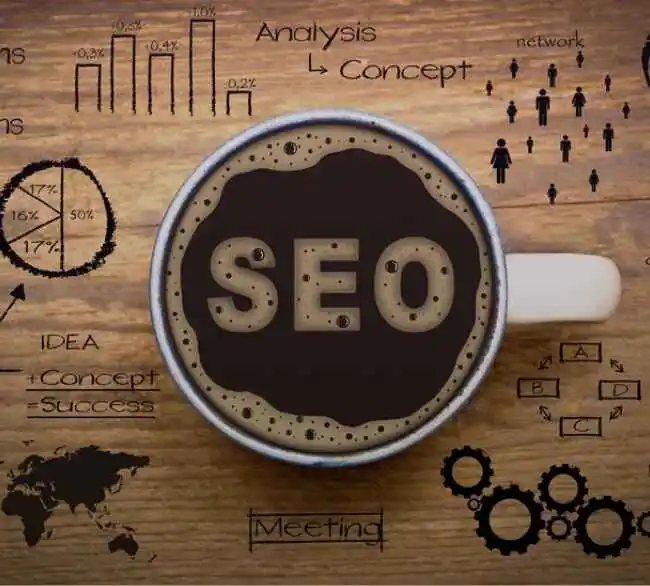
Where on-page optimization focuses on the internal architecture of the website, off-page SEO fortifies your presence across the net. To search engines, backlinks, brand mentions, and any external engagement are considered votes of trust affecting the results directly. At WaysPro Tech, we have the most effective off-page SEO solutions that will increase your e-commerce store ranking to the top. Call us to optimize & expand your e-commerce business. Remember that a good off-page SEO results in visibility, traffic, and improved brand credibility.
Link Building:
Get backlinks from other authoritative sites as they bring so much value to your site, specifically improving its domain authority and ranking.
Content Marketing:
Make blog articles, infographics, case studies, and other content marketing materials to increase the number of backlinks and organic traffic.
Social Media Engagement:
Always use social media profiles to reach out to your target market; this will boost your brand’s visibility and traffic to the site.
Influencer Partnerships:
Work with other people in your niche to reach a wider audience. This will help more people learn about your brand and website and create more backlinks.
Brand Mentions:
Increase your brand’s visibility and recognition online to improve your web presence and favour your positioning in the SERPs.
Customer Reviews:
Following up on the sales, suggest the customers leave feedback on the most popular and reliable platforms to improve your reputation and ranking.
Forum Participation:
Join relevant forums and communities and provide answers to posts by citing your site when it is relevant.
Video Marketing:
Use social networks like YouTube, Vimeo, Dailymotion, Facebook Watch, or any other social platform providing streaming services to publish tutorials, and short form videos of customer success stories, and industry tips and tricks that lead to your website.
Press Releases:
Write well-written press releases about the company’s updates or achievements to get media attention and backlinks.
Partnerships and Sponsorships:
Support events and form contracts with popular brands that will link back to your website, significantly boosting its popularity.
8- Customer’s Review

Customer reviews are essential components that determine the success of your e-commerce sales. Your products become more appealing to buyers when you show visible reviews, star ratings, and trust badges across your website, which helps you build trust and change purchasing decisions. Research shows that consumers demonstrate a 270% increase in purchase intentions toward products with five customer reviews.
User-generated content (UGC) that includes customer photos, video testimonials, and real-life product experiences enhances authenticity in your store’s presentation. UGC enables a conversion rate boost of 144% when customers view it on your site. You should ask happy customers to post their feedback because this will both create brand ambassadors and strengthen your business reputation.
Conclusively:
Optimization of your e-commerce store is not only about having a better ranking but also about ensuring that the online store delivers a great first and subsequent impression to customers. Following these 8 SEO practices will help introduce your store to the targeted market and attract potential customers.
At the same time, remember that online store optimization is challenging and requires professionalism, planning, and flexibility. That is where WaysPro Tech comes into play. Our team focuses on advanced SEO services that can help your store improve and become better than others. Be part of our success journey, contact WaysPro Tech right now!

